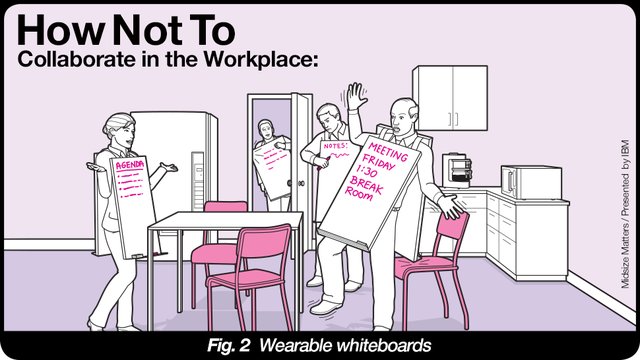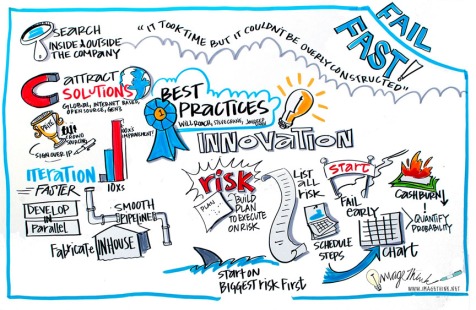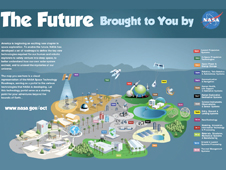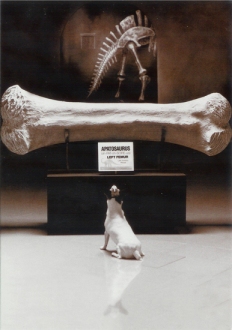 Visiting customers can be exciting, frightening, inspirational or even depressing. Every once in a while you might hit upon that one customer that criticizes you honestly, but constructively, that tells you both the whats AND the whys, and that truly represents an accurate common denominator of your product’s users. But they are typically few and far between. So being prepared to maximize the scant time you’re able to spend with ANY customers is a necessity to make the trip worthwhile.
Visiting customers can be exciting, frightening, inspirational or even depressing. Every once in a while you might hit upon that one customer that criticizes you honestly, but constructively, that tells you both the whats AND the whys, and that truly represents an accurate common denominator of your product’s users. But they are typically few and far between. So being prepared to maximize the scant time you’re able to spend with ANY customers is a necessity to make the trip worthwhile.
Below is a link to an article written by Edward McQuarrie, author of the seminal book on the subject, aptly titled Customer Visits: Building a Better Market Focus.
In the article, How to Conduct Good Customer Visits, Dr. McQuarrie outlines 16 fundamental tips for how to prepare and conduct yourself. He answers questions such as:
- How many and what profile of customer should you target?
- How much of your staff and which functions should participate?
- How should you structure the visit and what type of questions should you ask?
- What are the things you should do after the visit to best capture what you’ve learned?
To download the article, click here.









 Innovation Partnership company NineSigma has just released their latest report which outlines the results of their Open Innovation survey. Conducted from October 2010 through September 2012, over 750 companies participated in the research which was conducted to take a temperature reading of current industry maturity with collaborative innovation methods.
Innovation Partnership company NineSigma has just released their latest report which outlines the results of their Open Innovation survey. Conducted from October 2010 through September 2012, over 750 companies participated in the research which was conducted to take a temperature reading of current industry maturity with collaborative innovation methods.